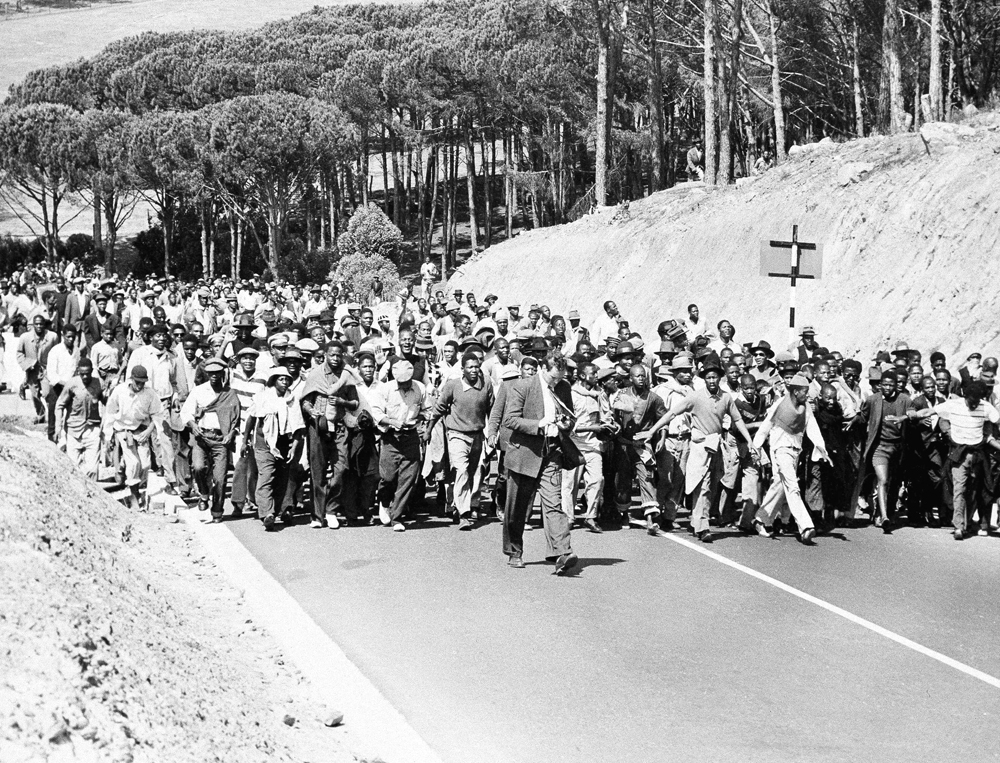Established in 1948 under the racialist National Party, apartheid not only meant separate and inferior public services, benches and building entrances for non-whites.
Nelson Mandela was a key anti-apartheid activist, leading defiance campaigns and working as a lawyer.
Moving South Africa past its apartheid culture has not been easy.
























